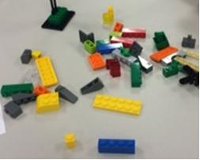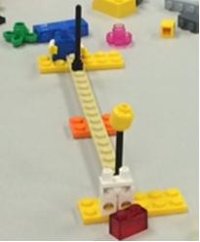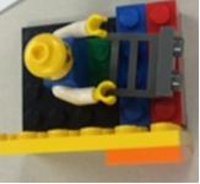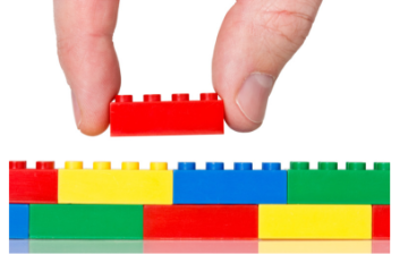Agile retrospectives play an extremely valuable role in identifying ways to improve processes for iterative development. That said, it can be a repetitive and somewhat unexciting process. But Agile teams cannot afford to leave critical input behind so, as Agile leaders, we need to find ways to spice things up and keep our team members engaged.
So how do you spice up your Agile retrospectives? After a few iterations, continually asking, “What went well? What can we improve?” tends to get stale. If your team is not yet mature enough to collect data, run experiments, and then act on the results, you may want to introduce Legos to your retrospective toolkit.
Legos aren't just for little kids…
They’re also for big, Agile-focused kids, too. All kidding aside, incorporating a Lego exercise into your Agile retrospectives can get team members more engaged and spark better follow up discussions.
Five Steps to Your Lego Agile Retrospective Activity:
1. State the ground rules. Typical ground rules are:
- Everyone builds!
- People can help each other build.
- If you have a question, ask the question of the model, not of the person.
- Don’t think too much. Just use your hands.
2. Hand out a bag of Legos to every person. Twenty to thirty small Legos of various shapes and sizes suffice for most activities. Here is a photo of a typical set of Legos:

3. Ask everyone to build a Lego model. For example, say: “What is a characteristic of good software?”
4. Give everyone about five minutes to build.
5. Ask each person to describe what he/she has built.
Some Agile Retrospective Examples Via Lego
I participated in a Lego retrospective activity where we are asked to describe what bad communication on a team looks like. One team member built the following model:

He explained that on a distributed team people are disconnected.
A second team member built this model:

He said that people who are in cubicles cannot communicate effectively with their fellow team members.
Using Legos during Agile retrospectives is a great way to trigger thought and action. The wordlessness and physicality of the exercises activates a different part of the brain and can lead to important insights that might be missed otherwise.
So grab your bag of Legos and get your team building.
Have you tried this? We would love to get your examples of Lego retrospectives or other creative ways that your team has engaged in Agile retrospectives.
Post photos to our Twitter page: @EliassenAgile
Looking for help with Agile retrospectives or other services? Use our Enterprise Agility Maturity Matrix to see where you are on your Agile journey, or explore our approach to Agile consulting.

.png)

